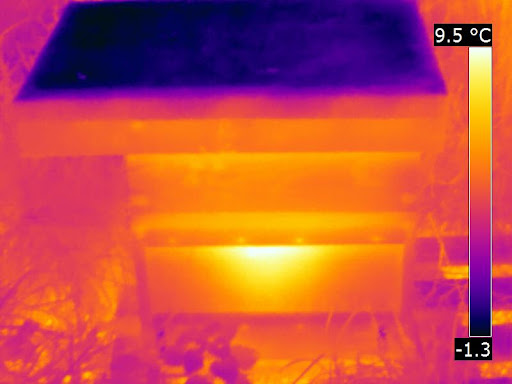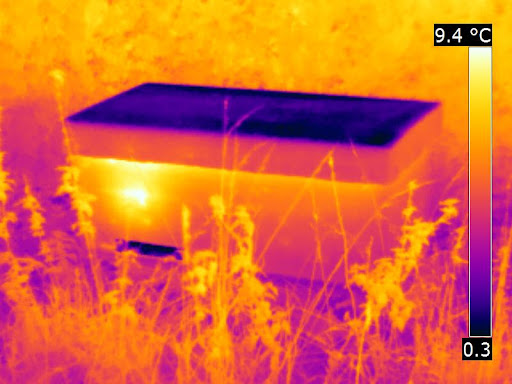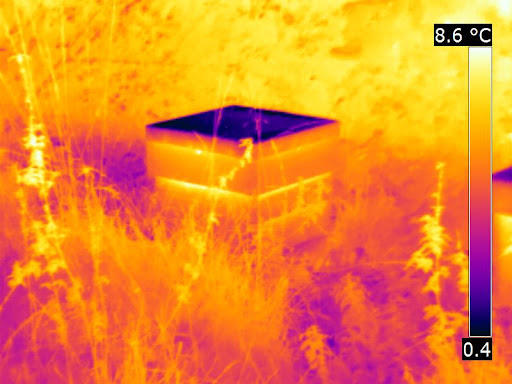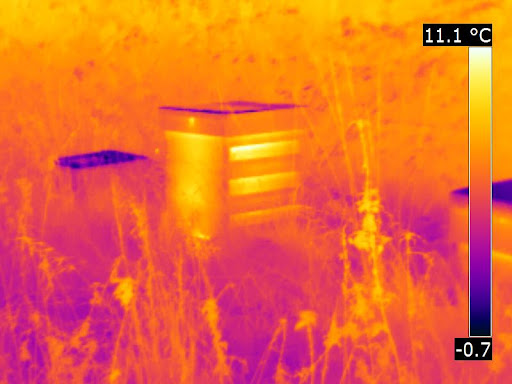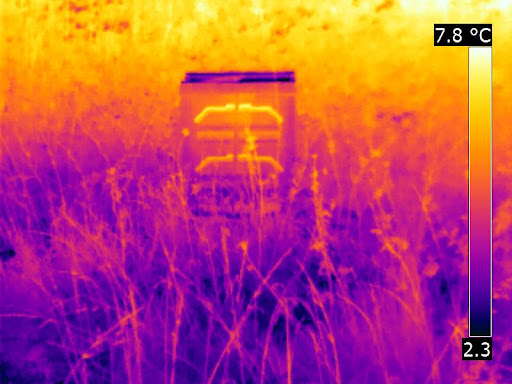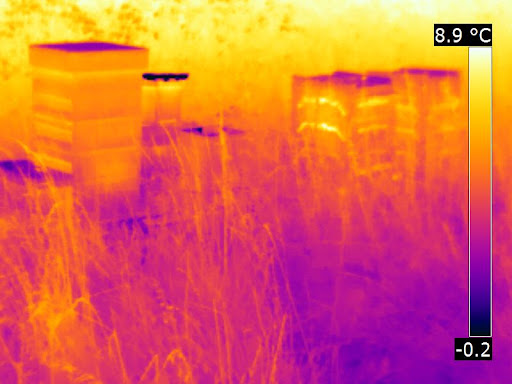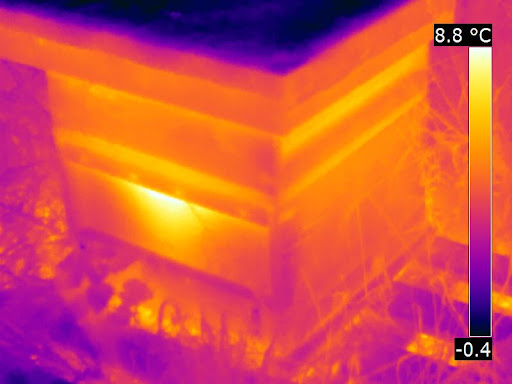Mike a
Drone Bee
- Joined
- Feb 13, 2010
- Messages
- 1,785
- Reaction score
- 3
- Location
- Hampshire
- Hive Type
- Langstroth
- Number of Hives
- Between 17-20
We decided to buy a thermal imaging camera and my wife has been on an industry approved course and is trained to PCN1 standard working towards PCN2.
Whilst playing with the camera which was on lone to us whilst ours was being repaired we filmed this. A cup of tea....
[ame]http://www.youtube.com/watch?v=hMpY-PRMoHg[/ame]
Over the Winter I hope to be able to take some pictures from underneath some of my bee hives through the mesh floors to see what the temperature ranges are and how they move around, of course this depends if the weather is good enough to visit them each week.
Whilst playing with the camera which was on lone to us whilst ours was being repaired we filmed this. A cup of tea....
[ame]http://www.youtube.com/watch?v=hMpY-PRMoHg[/ame]
Over the Winter I hope to be able to take some pictures from underneath some of my bee hives through the mesh floors to see what the temperature ranges are and how they move around, of course this depends if the weather is good enough to visit them each week.





